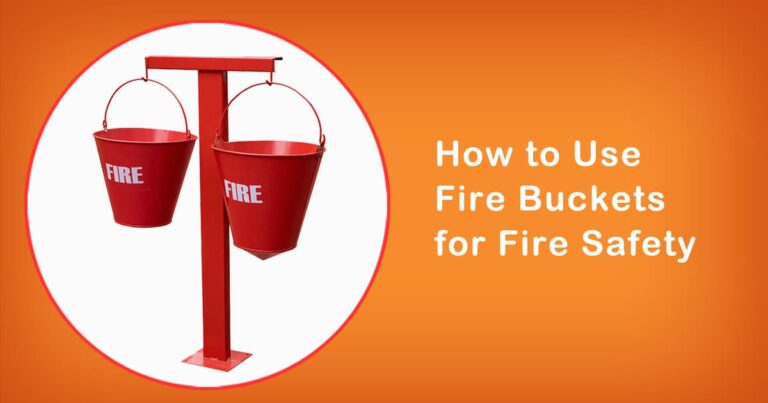Introduction
Airports are one of the busiest and most critical infrastructures that require the highest level of safety measures to be in place. In the event of a fire outbreak, a few seconds can make all the difference between life and death. While airports have multiple fire safety mechanisms in place, such as fire alarms, sprinkler systems, and fire-resistant construction materials, portable extinguishers remain one of the most crucial tools for firefighting. In this blog, we will explore the surprising truth about fire safety at airports and why portable extinguishers are key, with specific reference to the Indian context.
The Importance of Portable Extinguishers
Portable extinguishers are the first line of defense in the event of a fire outbreak, and they play a crucial role in controlling small fires before they escalate into major incidents. Unlike other firefighting mechanisms that are fixed in place, portable extinguishers can be quickly deployed and operated by trained personnel to combat a fire outbreak in its early stages. They can be used to extinguish fires in their incipient stage, which is defined as the stage where the fire is still small enough to be put out with minimal effort and resources. Portable extinguishers can also be used to create a safe evacuation route by suppressing the fire or creating a smoke-free area.
Indian Airports and Fire Safety
In India, airports are governed by the Directorate General of Civil Aviation (DGCA), which has set out comprehensive guidelines for fire safety measures at airports. The guidelines specify the minimum requirements for fire safety equipment and systems that must be installed at airports, including fire alarms, fire hydrants, water sprinkler systems, and fire-resistant construction materials. However, the guidelines do not specifically mention the use of portable extinguishers.
Despite the guidelines, several airports in India have been found to be lacking in fire safety measures. In 2019, the Comptroller and Auditor General (CAG) of India conducted an audit of 20 airports and found that only five of them had an adequate number of firefighting personnel, while seven airports did not have the minimum required number of fire tenders. The audit also revealed that several airports did not have adequate firefighting equipment and systems in place, including portable extinguishers.
The Surprising Truth About Fire Safety at Airports
One of the surprising truths about fire safety at airports is that the absence of portable extinguishers can have a significant impact on the outcome of a fire outbreak. A study conducted by the National Fire Protection Association (NFPA) found that portable extinguishers were effective in extinguishing or controlling 96% of fires where they were used. In contrast, fires where portable extinguishers were not available or not used resulted in more significant damage and higher casualties.
Portable extinguishers can also be used to supplement other firefighting mechanisms, such as sprinkler systems, by providing targeted suppression of the fire at its source. This can be especially useful in areas of the airport where sprinkler systems may not be present or may not be effective, such as in aircraft cargo holds.
Conclusion
In conclusion, portable extinguishers are a critical component of fire safety measures at airports, and their absence can have a significant impact on the outcome of a fire outbreak. While airports in India are required to comply with guidelines for fire safety measures, several airports have been found to be lacking in this area, including the absence of portable extinguishers. It is essential for airport authorities to recognize the importance of portable extinguishers and ensure that they are readily available and accessible to trained personnel in the event of a fire outbreak. By doing so, they can minimize the risk of damage and casualties in the event of a fire outbreak and ensure the safety of airport users and staff.








